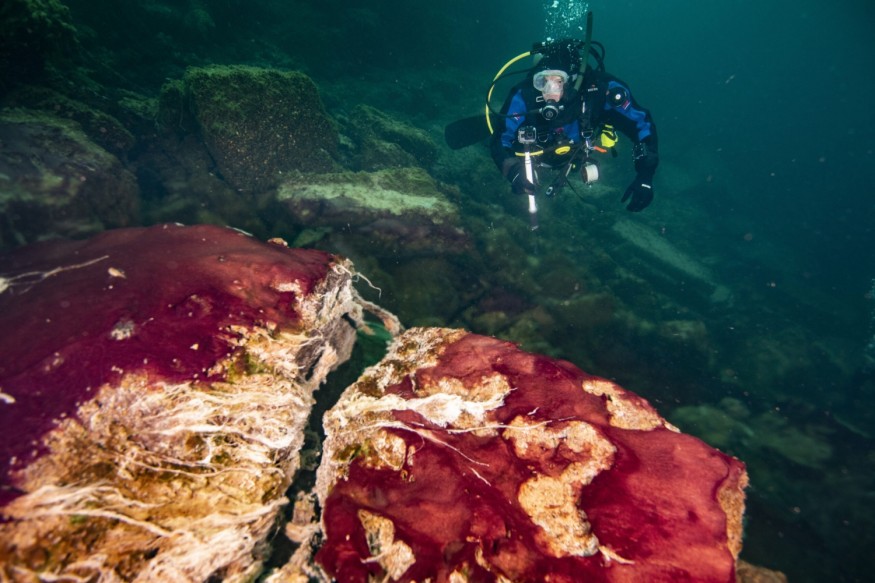Experts claimed that Earth's oxygen supply grew when the planet's rotation slowed. Longer days happened, allowing a particular form of algae to accept more oxygen as a byproduct of its metabolic activity.
The study, titled "Possible Link Between Earth's Rotation Rate and Oxygenation," claimed there was so little oxygen in Earth's atmosphere approximately 2.4 billion years ago that it could hardly be measured. Experts attributed the oxygen rise to longer days as the Earth's rotation slowed and the quantity of daylight rose.

Why Is Earth Rotating Slowly Again?
Science Alert said the Earth's spin is slowing due to the Moon's gravitational attraction on the planet, which produces a rotational slowdown as the Moon slowly pulls away.
Fossil records obtained by different Science Alert reports, days were just 18 hours long 1.4 billion years ago and half an hour shorter than they are now 70 million years ago. Evidence even claims that we are gaining 1.8 milliseconds every century, another Science Alert story mentioned.
The second factor is the Great Oxidation Event, which occurred when cyanobacteria bloomed in such large numbers that oxygen levels in the atmosphere rose dramatically. Scientists believe that life as we know it would not have evolved without this oxidation; hence, while cyanobacteria may have a bad rap today, the reality remains that we wouldn't be here without them.
There's still much we don't know about this catastrophe, including why it happened when it did and not at another period in Earth's history.
Amount of Oxygen in Earth's Atmosphere Increased 400 Million Years Ago After Spin Cycle Slowed
In a statement, researchers said the amount of oxygen in the Earth's atmosphere increased dramatically around 400 million years ago, from almost undetectable levels to one-tenth of what it is now.
Scientists claim that Earth's rotation has been decreasing through time and has stretched from around six hours to about 24 hours. The longer days allowed the cyanobacteria to create enough oxygen to offer breathing air to the planet.
Scientists have discovered evidence of this relationship in a sinkhole near Lake Huron's bottom, USA Today wrote. Great Lakes Guide said Lake Huron is the second largest of the Great Lakes and the fourth largest lake in the world. Colorful microorganisms flourish in a low-oxygen environment, just like Earth's first kinds of bacteria thrived, thanks to sulfur-rich water.
What's in Lake Huron Sinkhole?
The severe habitat at the bottom of the Middle Island Sinkhole, Phys.org said, likely reflects the harsh circumstances in the shallow oceans of early Earth. That is why modern Lake Huron microorganisms are thought to be good analogs for ancient life.
A CNN report claimed that the researchers dug out bacteria from the sinkhole and experimented with how much light it received. The bacteria generated more oxygen the longer they were exposed to continuous light.
This discovery leads to discovering a previously unknown connection between Earth's oxygenation history and rotation rate.
According to the scientists' simulations, this proposed method might explain the Earth's oxygenation history as well as the prevalence of low-oxygen periods over much of the earth's history.
This implies that the Great Oxidation Event, which occurred more than 2 billion years ago, and the Neoproterozoic Oxygenation Event, which occurred between 800 and 540 million years ago, were linked to longer days Earth.
RELATED ARTICLE : Marine Nitrogen Cycle is Starting to Become Unstable Due to the Decrease in Oxygen Levels in the Ocean
Check out more news and information on Environment & Climate in Science Times.
© 2025 ScienceTimes.com All rights reserved. Do not reproduce without permission. The window to the world of Science Times.












